
"ChatGPT Nemesis" has been upgraded!
Yes, it is the GPTZero built by Chinese brother Edward Tian. In a few seconds, you can find out whether the text was written by humans or AI.
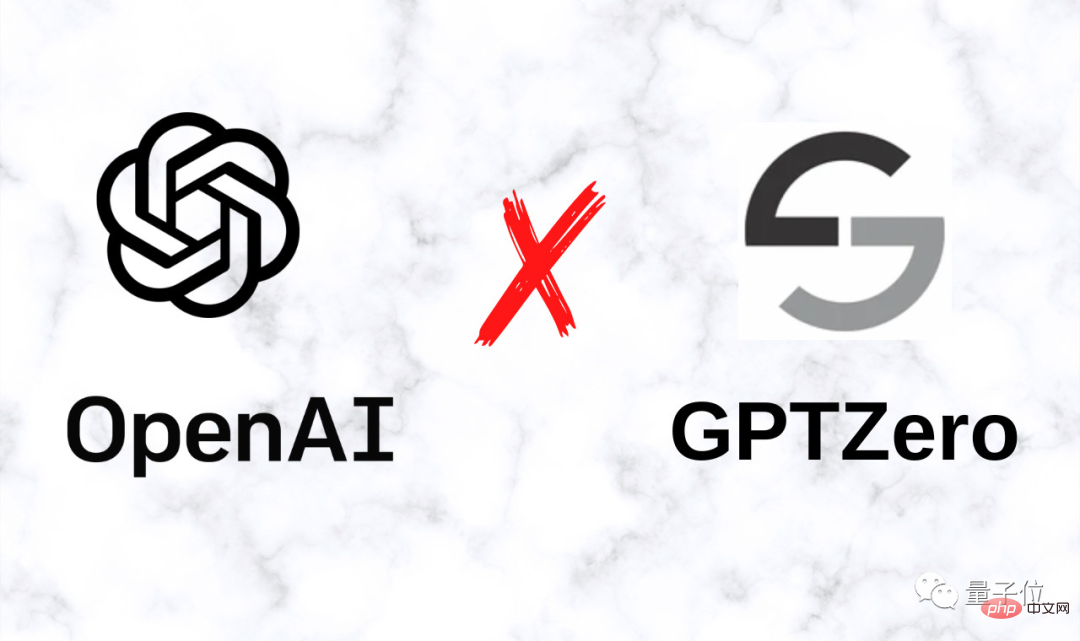
Nearly a month later, the version launched by the guy is called GPTZeroX, and he also said:
This is specifically for educators Created AI model.

As soon as the news came out, it immediately attracted a large influx of netizens, with 400,000 visits and 2.2 million service requests in one day.
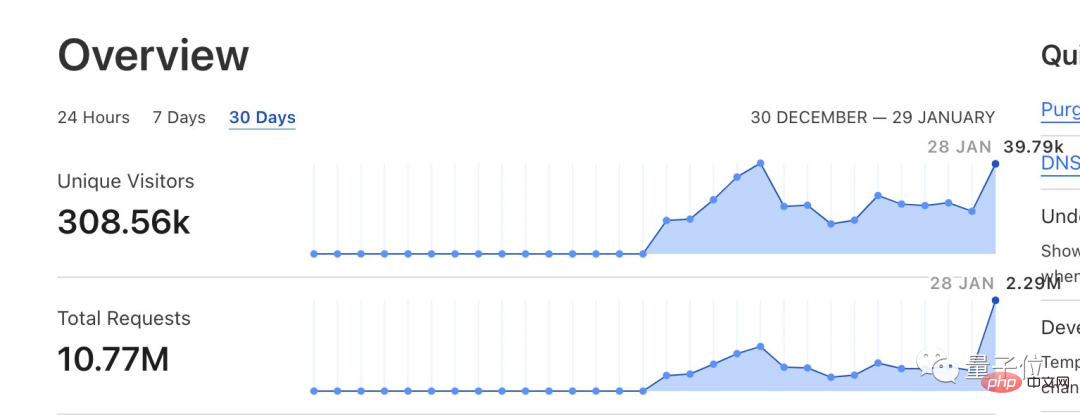
So this time, what new abilities does this "ChatGPT Nemesis" bring?
A major feature of the upgrade is that GPTZeroX can detect text content mixed by "human AI".
For example, we first throw a piece of news written by humans into the test:

GPTZeroX gives very quickly in just a few seconds Answer:
Your text is likely to be written entirely by a human.
Your text is likely to be written entirely by a human.
Next, let’s throw a piece of text written by ChatGPT into the back of the news just now, and conduct a mixed detection:
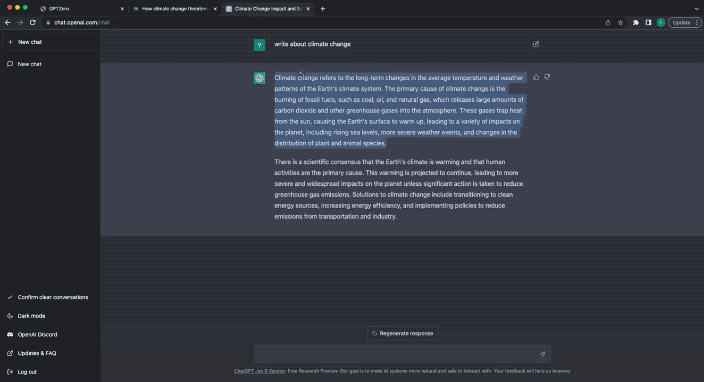
This time , the answer given by GPTZero is:
Your text includes parts written by AI.
Part of your text is written by AI.
And the content generated by ChatGPT will also be highlighted in yellow.
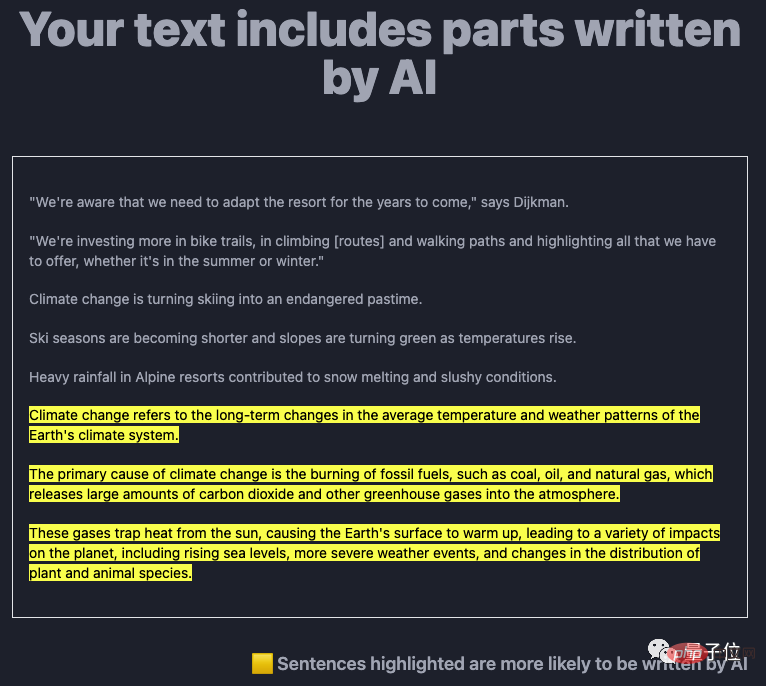
The little brother said:
This is a key feature that educators have always wanted.
But when teachers check students’ homework, it is quite a tedious task to copy and paste text paragraph by paragraph.
Ever since, this guy has also thoughtfully launched another new feature - the ability to import files in batches, supporting Word, PDF, TXT and other formats.
And when the website introduces this function, it describes it like this

:
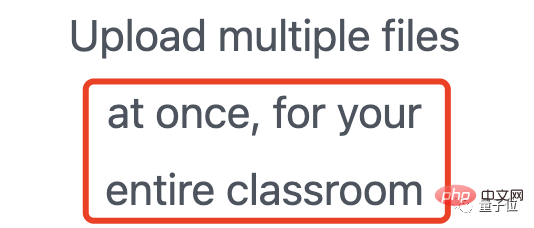
Except In addition, in order to prevent the service from crashing, I also created a Python API, which has been stress tested.
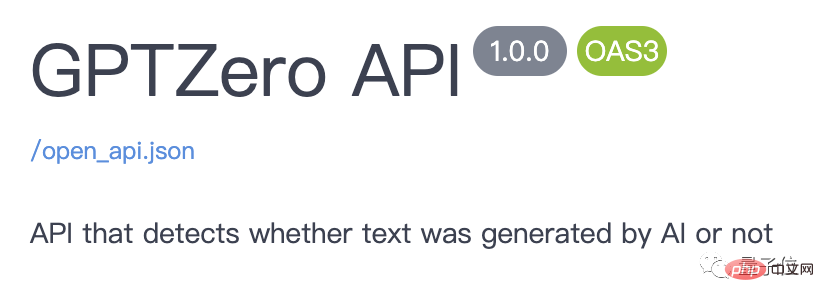
Finally, the little brother also said something thoughtful:
I promise that this website will remain free for individual teachers and educators!

It mainly relies on "perplexity", that is, the "perplexity" of the text, as an indicator to determine who wrote the given content.
Friends in the NLP field know that this indicator is used to evaluate the quality of a language model.
Here, whenever you feed GPTZero a piece of test content, it will calculate respectively:
1. Total text confusion
The higher this value, the The more likely it was made by human hands.

#2. Average confusion of all sentences
The longer the sentence, the lower this value is usually.

3. The confusion level of each sentence
is presented in the form of a bar chart. You can hover the mouse over each square to see what the corresponding sentence is (here is Two pieces, because the test content I entered at this time is only two sentences).

The author also explained the reason why such a bar chart is drawn:
According to some of the latest research: some sentences written by humans may have The confusion is low (as mentioned before, human confusion is relatively high), but as you continue to write, the confusion is bound to peak.
In contrast, with machine-generated text, the perplexity is evenly distributed and always low.
In addition, GPTZero will also pick out the sentence with the highest degree of confusion (that is, the sentence that is most human-like):

As the saying goes, the magic is as high as the road. As ChatGPT shows off its various martial arts skills, tools and research on "defeating magic with magic" like GPTZero are also emerging one after another.
For example, Stanford University recently launched an "anti-reconnaissance" artifact - DetectGPT in order to prevent students from using ChatGPT to write papers or cheat.

This method neither requires training a separate classifier nor collecting a data set of real or generated passages. It is a zero-shot method based on probabilistic curvature. .
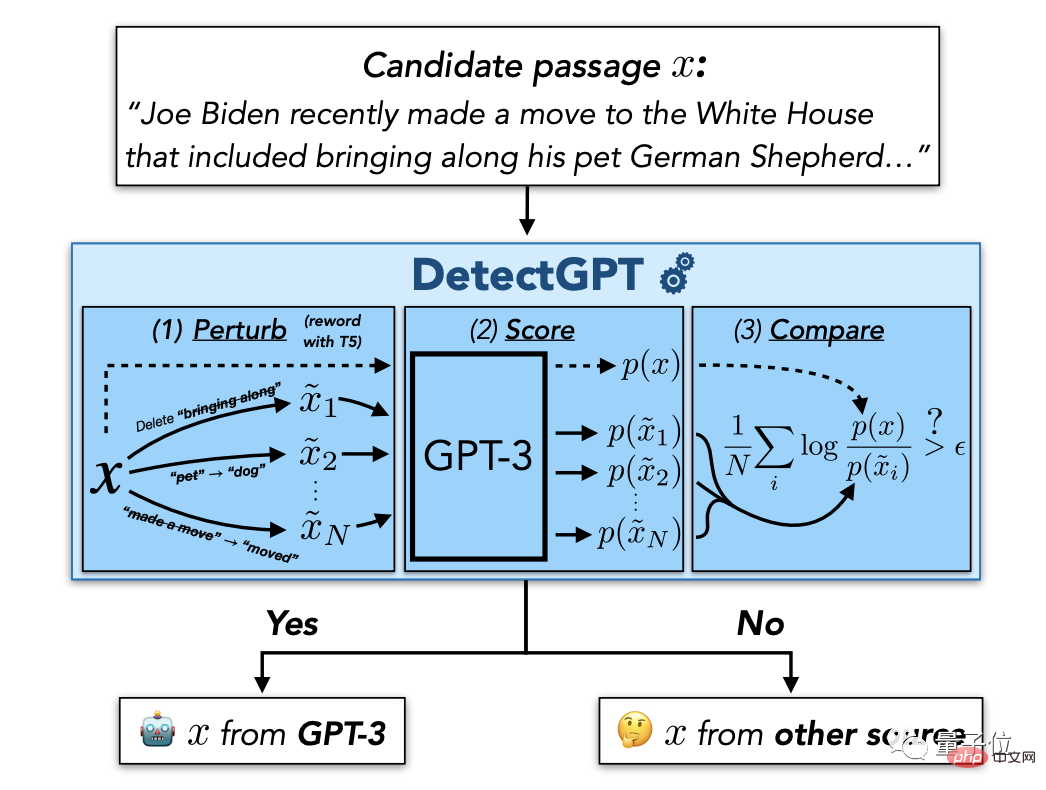
In addition, even OpenAI itself has joined forces with Harvard and other universities to create a detector: GPT-2 Output Detector.
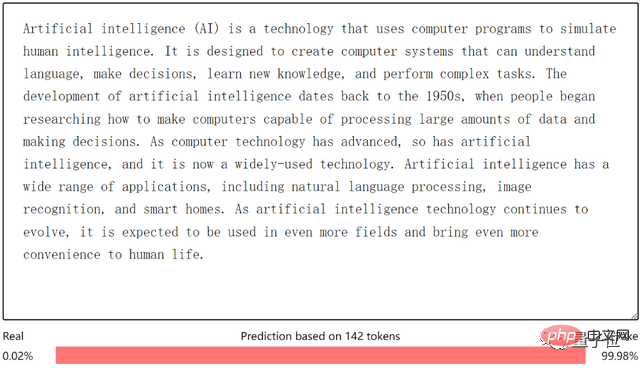
The authors first released a "GPT-2 generated content" and WebText (specially taken from Reddit, a foreign post bar) data set to allow AI to understand "AI language" The difference between ” and “human speech”.
Subsequently, this data set was used to fine-tune the RoBERTa model, and the AI detector was obtained. Human speech is always recognized as True, and AI-generated content is always recognized as Fake.
(RoBERTa is an improved version of BERT. The original BERT used a 13GB data set, but RoBERTa used a 160GB data set containing 63 million English news items.)
……
Well, it seems that while ChatGPT is making great strides forward, it also promotes the development of "anti-ChatGPT" research.
Reference link: [1] https://twitter.com/edward_the6/status/1619874139954905090[2] https://arxiv.org/abs/2301.11305
The above is the detailed content of 'ChatGPT Nemesis' upgrade: teachers can throw in the entire class's homework for testing! Chinese authors: free to use. For more information, please follow other related articles on the PHP Chinese website!




